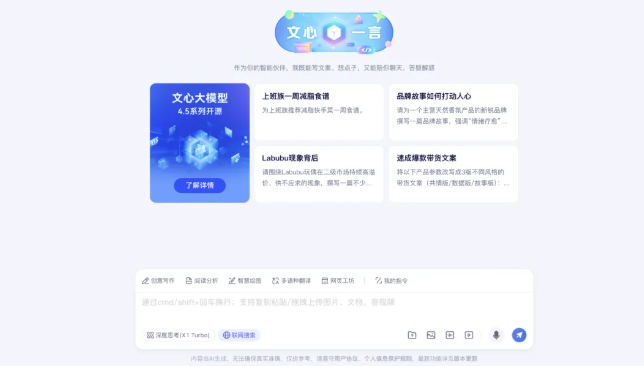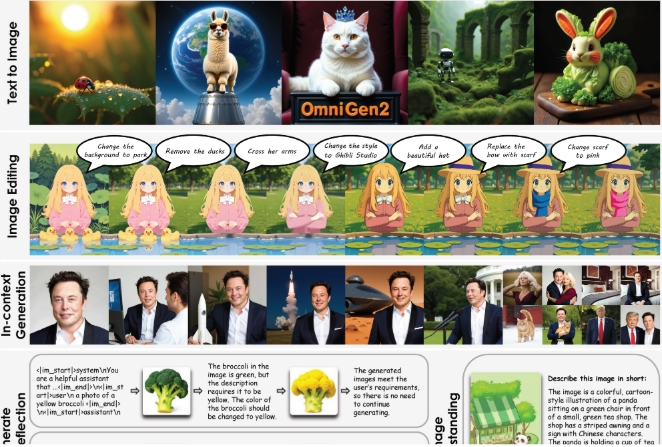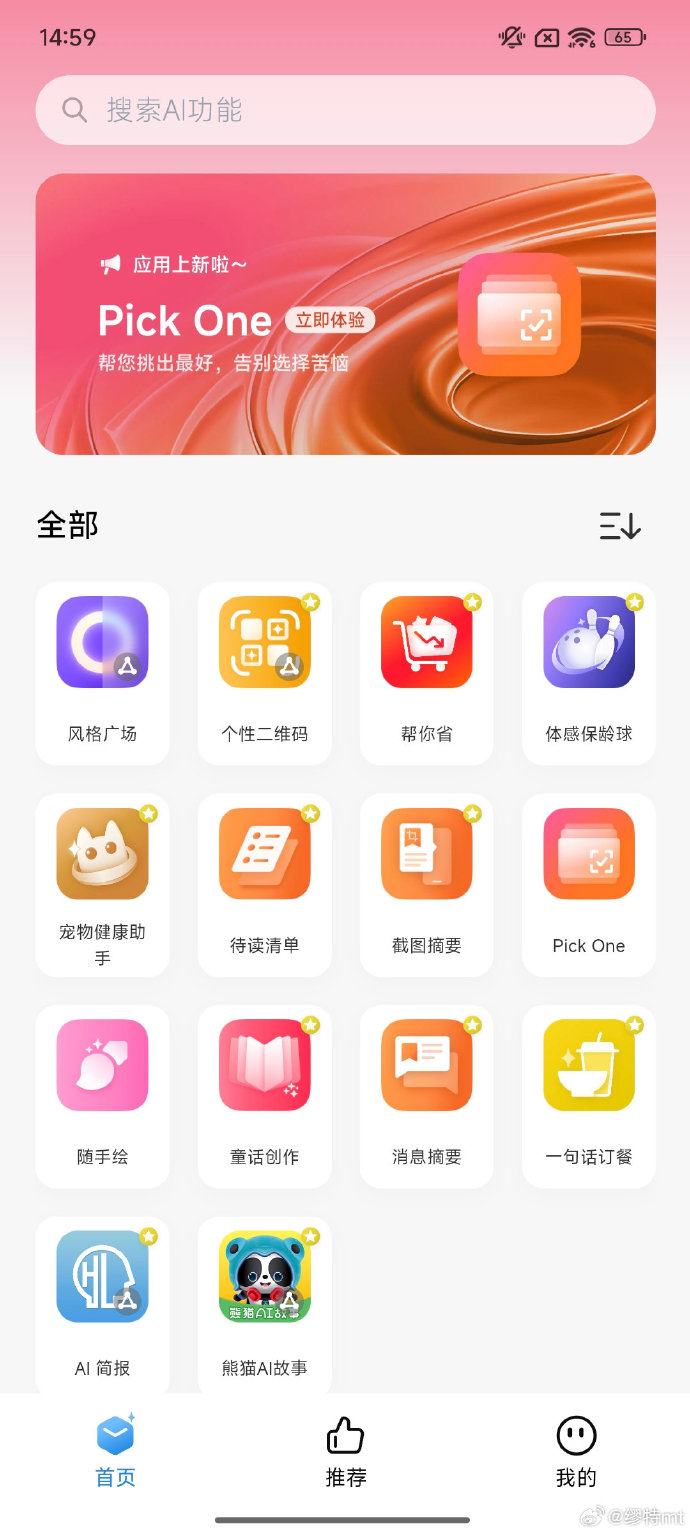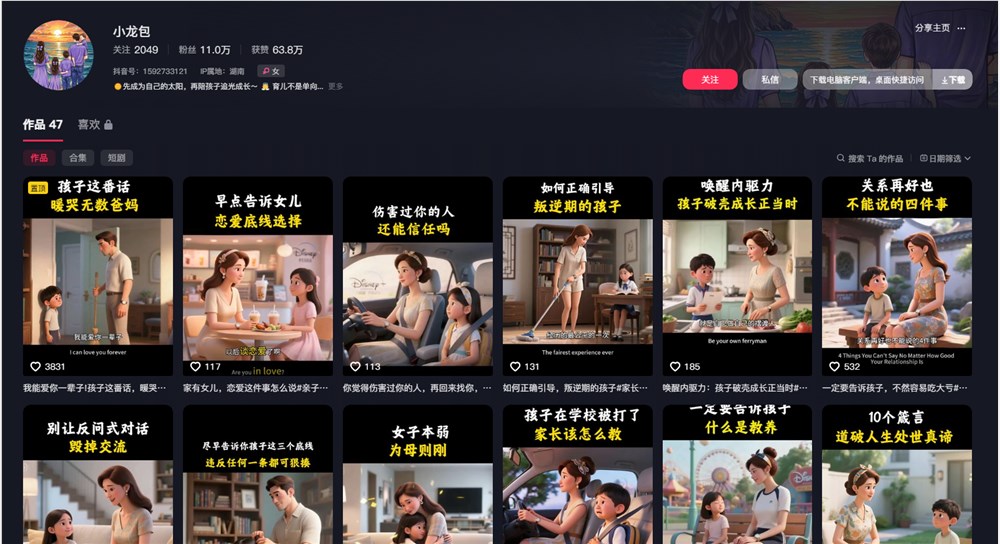Recently, news about OpenAI's upcoming GPT-5 has drawn widespread attention in the tech industry. According to insiders, GPT-5 has already started a phased test and is expected to be officially launched in July this year. This new version will adopt a multimodal design, meaning it can not only process text input but also understand speech, images, code, and even videos, completely changing the way we interact with AI.
OpenAI's CEO Sam Altman said that the release of GPT-5 marks a major leap in AI technology. This new model has deep reasoning capabilities, can generate real-time video, and can write large amounts of code, further expanding the application scenarios of AI. Compared to previous versions, GPT-5 not only integrates functions but also combines reasoning with memory, aiming to reduce the "hallucination" phenomenon that may occur when AI generates content.

Image source note: The image is AI-generated
The development of GPT-5 is no easy task. According to insiders at OpenAI, one of the key challenges the team faced was balancing reasoning ability with conversational skills. This means that GPT-5 must perform excellently in logical reasoning while also being able to engage in natural and smooth conversations, meeting users' diverse needs.
With the support of the new generation of AI technology, developers and users will be able to experience unprecedented convenience and efficiency. For example, users can obtain complex code generation or video editing just by giving simple voice commands, which will bring significant productivity improvements to various industries. As GPT-5 is launched, the application scenarios of AI will become increasingly widespread, making people look forward to the future.
The release of GPT-5 is not only a milestone for OpenAI but also a major innovation in the AI industry. The multimodal design will make human-computer interaction more natural and intuitive, bringing new possibilities to our lives and work.







